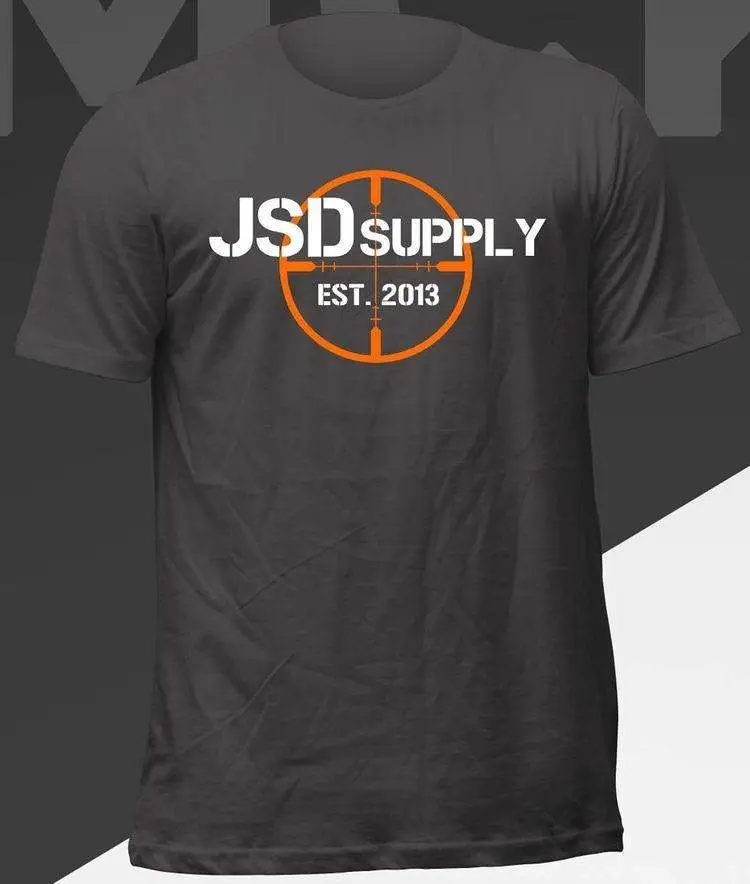No products in the cart.
JOIN OUR MAILING LIST for special offers!
Subscribe to our email list to find out of new sales and restocks – Don’t worry, we hate spam as much as you do and will only send you the best deals and reads.
When you’re customizing a firearm, understanding the types of triggers available and the firearm actions they work with can help keep you on the right side of the law while still giving you more fun at the range. Your gun’s action refers to how it chambers, locks, fires, and extracts cartridges, but we’re going to be focusing primarily on the firing part of the equation, which is heavily dependent on your trigger group. Changing your trigger group can change how your weapon handles, and modern trigger groups are pushing the envelope in weapon performance in ways never seen before.
Before we go any further, let’s take a look at the difference between a gun’s action and the trigger action.
In this post, we’re going to be looking at the different trigger actions and types commonly found on modern firearms, including some exciting new custom trigger groups that give you more bang for your buck.


The trigger group has always been a popular customization opportunity on firearms. As the link between the shooter and the firing action, refining trigger performance to meet the shooter’s needs can improve marksmanship, performance, and comfort. Some of the top customized trigger goals include:
When you’re ready to pull the trigger on building out your weapon with performance parts, we have you covered with brands you can count on. Sign up for our email newsletter to get the latest deals delivered to your inbox. Order the types of triggers you need for better shooting from JSD Supply today.

As I’m sure you have heard by now, our industry and your rights are under attack by our own government officials. In an effort to help preserve our freedoms and continue bring you the quality products you’ve become accustomed to, we are selling a JSD Branded T-shirt to help the battle with those trying to force legislation without a vote. Click this button to find out more.
Subscribe to our email list to find out of new sales and restocks – Don’t worry, we hate spam as much as you do and will only send you the best deals and reads.
1052 New Castle Road
Prospect PA 16052
Customer Service Hours:
Monday-Friday 9am-5pm EST
Phone: (724) 213-9721
Email: [email protected]
© JSD Supply 2025 | Sitemap